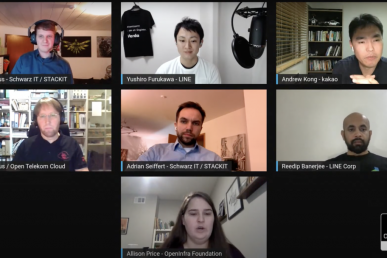On Wednesday, Glen Maloney, the director of the NeCTAR project, spoke on how the Australian research IT project is addressing the needs of the modern research community in Australia using an OpenStack-powered cloud infrastructure.
Glen started out the presentation with a simple question: Why is a research community building a cloud?
The answer is that scientific and academic research is becoming increasingly collaborative and reliant on access to large scale and often disparate sets of data. They also require more complex data analysis, modeling, and high performance computing.
There’s a long history of investment in supercomputing on a national scale, which has thus far met high performance computing needs, simulation, and large scale data analysis. But researchers have very diverse and complex needs. NeCTAR and the Australian government wanted to build a single national platform that could support all of the disparate users of IT infrastructure in the research community.
“Software is where we code the human knowledge," said Maloney.
NeCTAR chose to build the cloud on OpenStack because the research community needed a solution that would serve them well into the future. The key determinants in their choice to build on OpenStack were the overall trajectory of the project, its governance, and the industry backing at the time.
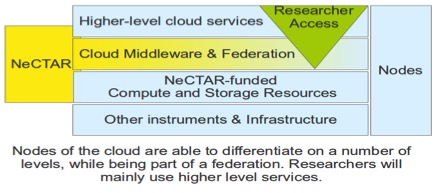
It was a risky choice in the beginning, before OpenStack was widely adopted or supported, but it has proven out. NeCTAR began operating the cloud in January 2012 with the first node at the University of Melbourne. Since that first deployment, there are 18,000 CPU cores now, and Maloney said that they project will have 30,000 by the end of the year. NeCTAR is also seeing about 250 new users each month. They have more users than any other research computing infrastructure in the country.
Their successful early growth occurred for a variety of reasons. First, it addressed a real need in the community, so in some ways it was a "we built it and they came” situation. NeCTAR also held many early adopter training sessions and workshops for the technical community. They also provided funding to the nodes of the research cloud to run research application migration programs. This is important because most research tools are either desktop-based or run on large HPC facilities. Migration was one of the big initial hurdles.
One of the largest benefits to researchers using the NeCTAR cloud is their labs have been able to vastly speed up the time it takes to deploy a cloud and reduce the cost of failure. They’ve also been able to improve collaboration by improving the time it takes to access disparate data.
Researchers are using the OpenStack-powered cloud in variety of ways, which Maloney walked through in his presentation.
NeCTAR’s Virtual Labs
NeCTAR has funded a number of highly collaborative research projects in Australia, ranging from life sciences to geophysics, and even the humanities. The purpose of the Virtual Labs is to help research groups automate their workflows to improve efficiencies. To date, NeCTAR has funded these projects and more:
Genomics Virtual Lab
The Genomics Virtual Lab is giving biologists the ability to do bioinformatics, which is unprecedented in the field. According to Maloney, there wouldn’t be enough bioinformatician researchers in Australia to handle all of the data that is being generated in Australia and around the world in this field. The Genomics Virtual Lab is introducing new infrastructure tailored to the needs of biologists doing genomics work and providing a forum for genomic researchers share data and workflows.
Endocrine Genomics Virtual Lab
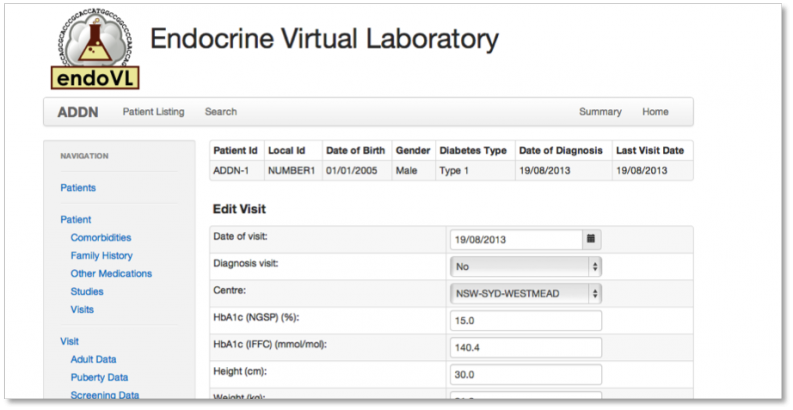
This lab supports much of the clinical work coming out of genomics research, including cancer research. The NeCTAR cloud provides greater and faster access to data. In so doing, Maloney explains, researchers are gaining the statistical power to understand and make real scientific conclusions.
Biodiversity and Climate Change
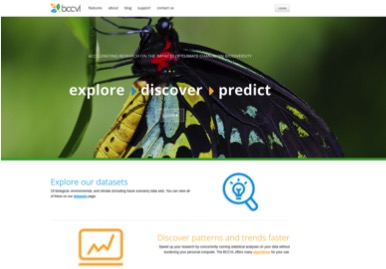
This lab is made up of a group of scientists understanding how species distribution changes due to human-caused global climate change. What’s unique about the group’s work is that there are multiple disciplines involved and disparate data sets that aren’t usually combined. It’s complex research. The Virtual Lab allows them to pull it all together. They’ve decreased the time from 2 months to 5 minutes to set up a new project, allowing the scientists to focus on what they do best — the science.
Marine Virtual Labs

Currently, while we are collecting tons of marine data, it is not a heavily used as you’d think. The Marine Virtual Labs based at the University of Tasmania gives researchers better access to that data, hosts and deploys oceanographic models and simulation, and helps researchers perform data analysis as well. Each of these tools are all accessible from one place. The lab is seeing a high level of participation in the marine science community as well as the international community.
Virtual Geophysics Laboratory
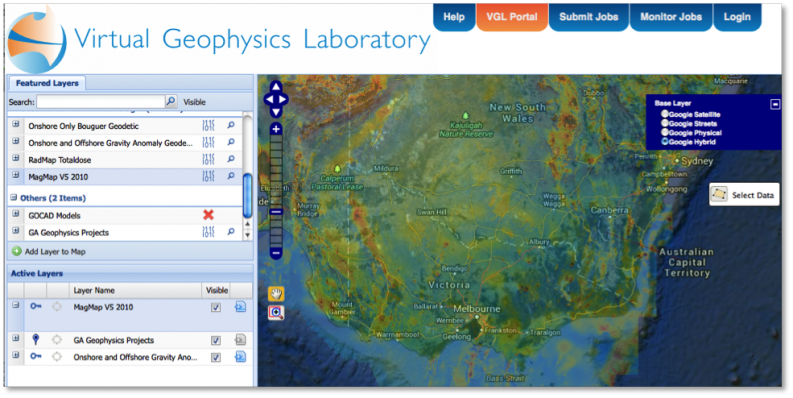
This lab already shared a great infrastructure for sharing and describing data. But what was missing was access to the tools that made it easy to sue that data.
The cloud in place now allows researchers in this lab to access early modeling tools as well as data analysis tools. The lab now completes work in hours that used to take them weeks.
Not only have each of these research labs benefited from massive time savings, but they’ve supported new collaborations that were impossible before.
To learn more about NeCTAR’s Virtual Laboratories, see Glen Maloney’s entire talk at the OpenStack Summit in Paris:
Photo by IPASadelaide // CC BY NC
- Musings and Predictions from Superuser’s Editorial Advisors - January 29, 2015
- Kilo Update: Trove - January 9, 2015
- Kilo Update: Ceilometer - December 19, 2014

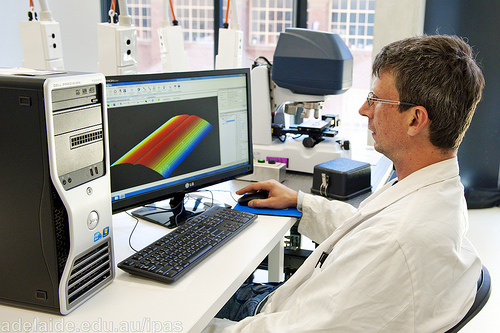)






